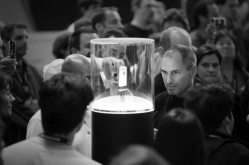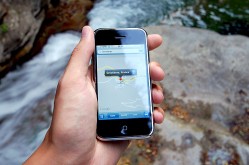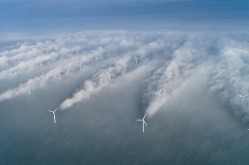An ambitious plan to let the ocean clean itself is under way
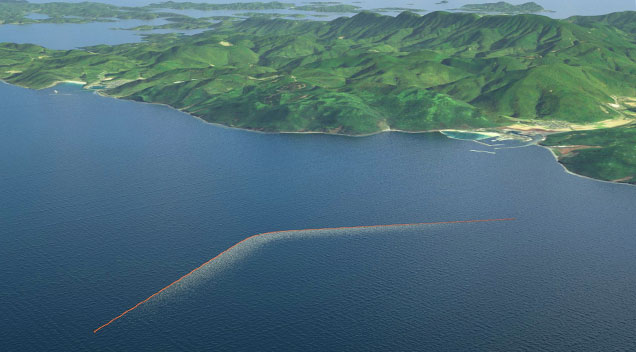
Boyan Slat is leading an effort to half the amount of plastic debris floating in the Pacific Ocean within a decade.
There are over 5.25 trillion pieces of plastic in the oceans, increasing by about 8 million tons a year. Rather than an impossible, never-ending operation to search and clean the colossal areas of the oceans, why not passively use the ocean currents to do the work for you? This is Boyan Slat, founder and CEO of The Ocean Cleanup’s plan. Far more energy-efficient than other methods, a 2,000 long, v-shaped array of floating barriers catches and concentrates the debris; the current and sea life simply flows underneath these booms. An anchored processing platform, powered independently by solar and waves, then collect and process the debris for removal and recycling.
A 2-year pilot program is scheduled to be deployed in 2016 near the coast of Tsushima between Japan and South Korea. The plastic it captures will be sent to Tsushima nearby possibly used as an alternative energy source. This represents an important milestone for The Ocean Cleanup. Within 5 years, after a series of deployments of increasing scale, the team of 100 scientists and engineers plan to deploy a 100 km-long system to clean up about half of the Great Pacific Garbage Patch between Hawaii and California (where it constitutes a-third of the total volume of plastic in the oceans).
Meanwhile in August 2015, The Ocean Cleanup team will be sending up to 50 vessels to an area between Hawaii and California to create the first high-resolution map of plastic in the Pacific Ocean. What is named the Mega Expedition, the team will be taking measurements to learn more about the amount and size of plastic out there, collecting more measurements in three weeks than have been collected in the past 40 years combined.
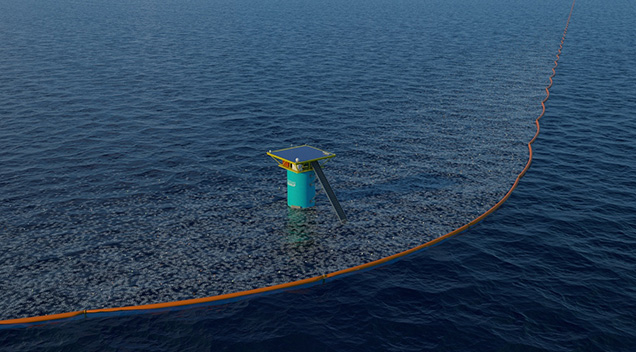
It is important to stress that prevention is a far more important and ultimately sustainable; stop any more plastic from reaching the ocean in the first place. On the other hand, The Ocean Cleanup only reduces the concentration of plastics already in the ocean. What’s worse is, nearly all plastic pollution in the ocean is what is microplastic; broken-down particles of larger plastic debris due to UV, mechanical and microbial degradation, or microbeads in popular beauty and cosmetic products. These particles, potentially toxic and therefore harmful, are found in 88 percent of ocean’s surface. They get into the stomachs of small fish, which can accumulate and are then eaten by medium-size fish, and on up the food chain. No system is able to extract it.
Despite criticisms received, the momentum of The Ocean Cleanup can potentially lead to a reduction of man-made debris found in the ocean, decreasing the sheer volume of ocean pollution and worse of all, plastic that will eventually breaking down further. It also reduces the amount of plastic debris being washed ashore (and therefore decreasing the need for clean-up efforts), increases awareness to our methods of disposal, the amount of pollution our society simply generates, and more importantly our consumption trends and behavior.
1. The Plastic Pollution Problem, The Ocean Cleanup
2. Mile-long ocean plastic cleanup device to launch as pilot project next year, TreeHugger

